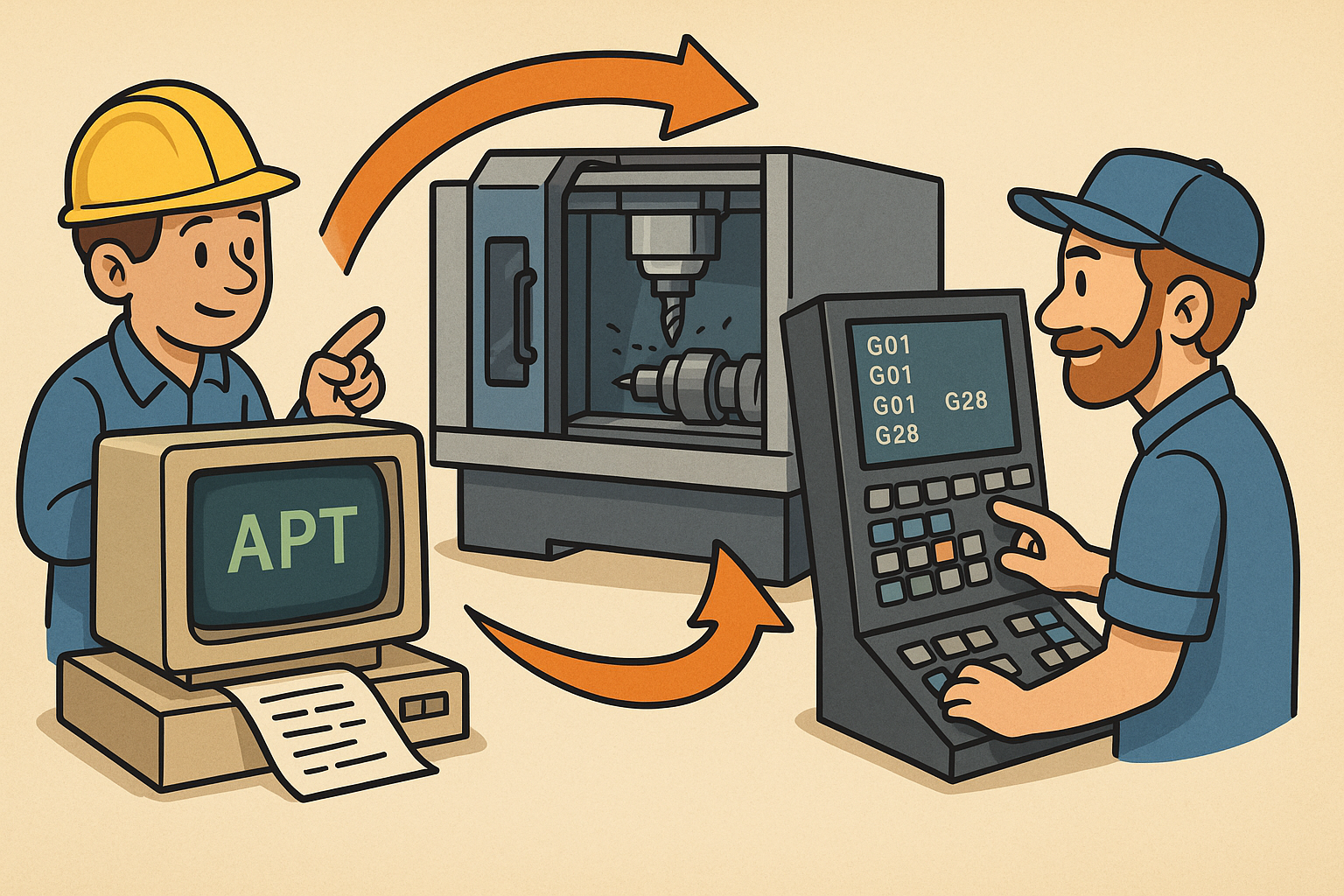Your Cart is Empty
Customer Testimonials
-
"Great customer service. The folks at Novedge were super helpful in navigating a somewhat complicated order including software upgrades and serial numbers in various stages of inactivity. They were friendly and helpful throughout the process.."
Ruben Ruckmark
"Quick & very helpful. We have been using Novedge for years and are very happy with their quick service when we need to make a purchase and excellent support resolving any issues."
Will Woodson
"Scott is the best. He reminds me about subscriptions dates, guides me in the correct direction for updates. He always responds promptly to me. He is literally the reason I continue to work with Novedge and will do so in the future."
Edward Mchugh
"Calvin Lok is “the man”. After my purchase of Sketchup 2021, he called me and provided step-by-step instructions to ease me through difficulties I was having with the setup of my new software."
Mike Borzage
Rhino 3D Tip: Enhance Your Parametric Design Skills in Rhino 3D with Grasshopper Techniques
November 15, 2024 2 min read

In the realm of Rhino 3D software, Grasshopper has established itself as an essential tool for parametric design. Whether you're developing complex architectural structures or intricate product designs, mastering Grasshopper can significantly elevate your design capabilities.
Why Use Grasshopper for Parametric Design?
Grasshopper provides a visual programming interface that allows designers to create rules and algorithms for their designs. This approach empowers you to:- Manipulate and iterate designs swiftly and efficiently.
- Automate repetitive tasks, saving considerable time on large projects.
- Explore a multitude of design variations with minimal effort.
Getting Started with Grasshopper
- Understand the Interface: Familiarize yourself with the Grasshopper canvas, components, and parameters. Knowing where to find what you need will streamline your workflow.
- Start with Basic Components: Begin by experimenting with simple components like sliders, panels, and number inputs to see how they affect geometry in Rhino.
- Explore Logical Connections: Use the wire connections between components to control data flow. Understanding these connections is crucial for developing complex parametric models.
Advanced Techniques
Once you're comfortable with the basics, consider delving into more advanced techniques:- Data Trees: Learn how to manage and manipulate data structures within Grasshopper to handle complex data sets efficiently.
- Custom Scripts: Integrate custom scripting using Python or C# to extend Grasshopper's capabilities further.
- Plugins: Explore the plethora of plugins available, such as Kangaroo for physics simulation or Ladybug for environmental analysis, to enhance your projects.
Real-World Applications
Grasshopper is widely used in various fields:- Architecture: Generate algorithmic patterns, optimize structural components, and simulate environmental effects.
- Product Design: Develop responsive models that react to different inputs and constraints.
- Engineering: Automate complex calculations and simulations that involve numerous parameters.
Resources and Community
Embrace the thriving community and resources available. Consider joining forums, such as the Grasshopper3D community, or checking out the wealth of tutorials available online. Nurturing your skills with Grasshopper will keep you at the forefront of design innovation. Additionally, explore [NOVEDGE](https://www.novedge.com) for resources and software options that can further enhance your Rhino experience. Grasshopper is more than just a tool—it's a path to unlocking creativity in parametric design. By mastering its capabilities, you open a gateway to endless design possibilities, pushing the boundaries of what you can achieve in Rhino 3D.You can find all the Rhino products on the NOVEDGE web site at this page.
Also in Design News

Design Software History: APT to G‑Code Dialects: The Evolution and Persistence of Vendor‑Specific CNC Post‑Processing
January 06, 2026 11 min read
Read More
Real-time CFD for Design Reviews: Progressive Solvers, GPU Pipelines, and Uncertainty-Aware Collaboration
January 06, 2026 12 min read
Read More
Cinema 4D Tip: Weight Manager Workflow for Fast, Stable Character Skinning
January 06, 2026 2 min read
Read MoreSubscribe
Sign up to get the latest on sales, new releases and more …


